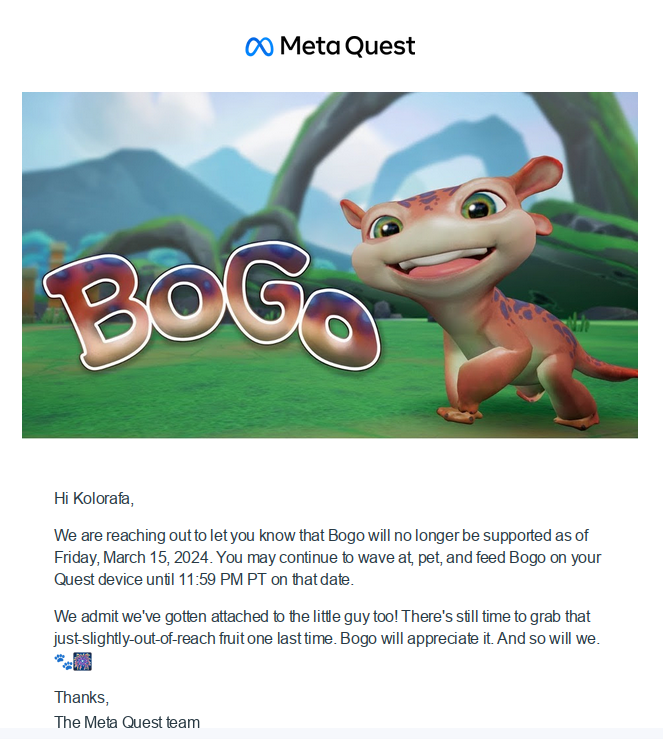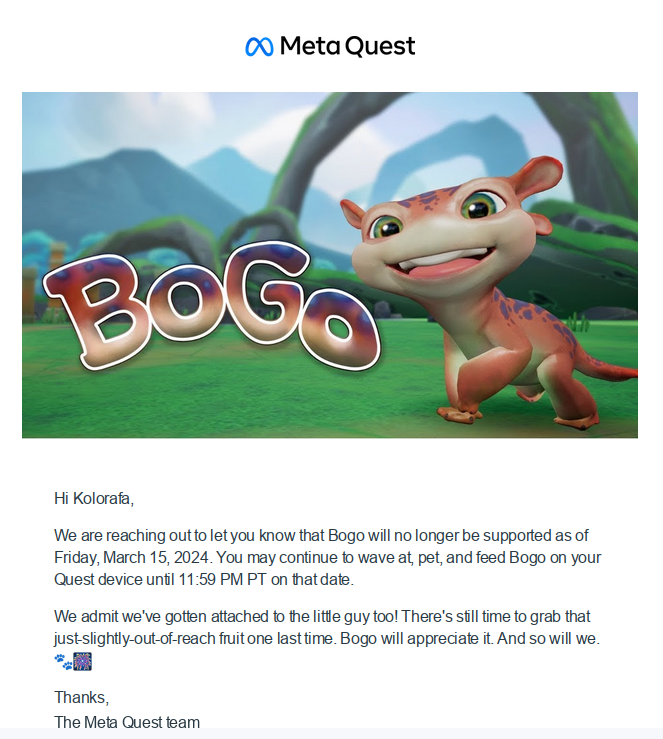this post was submitted on 17 Sep 2023
663 points (92.2% liked)
Games
33083 readers
1089 users here now

Welcome to the largest gaming community on Lemmy! Discussion for all kinds of games. Video games, tabletop games, card games etc.
Weekly Threads:
Rules:
-
Submissions have to be related to games
-
No bigotry or harassment, be civil
-
No excessive self-promotion
-
Stay on-topic; no memes, funny videos, giveaways, reposts, or low-effort posts
-
Mark Spoilers and NSFW
-
No linking to piracy
More information about the community rules can be found here.
founded 2 years ago
MODERATORS
you are viewing a single comment's thread
view the rest of the comments
view the rest of the comments


You're referring to a video codec degrading as it keeps rendering the video again, not just copying and pasting the bits. There is no degradation from copying and pasting a file as-is.
No, I am not referring to that. YouTubers have the option to download their own videos. Not steal it with a video downloading tool.
That's YouTube's processed video not the original.
And when you download the processed video and reupload it, it's a 1 to 1 conversion of the same video codec, and every generation it gets worse. That example is a low hanging fruit, but the concept applies to everything.
That 1:1 conversion through the same codec is very likely lossy. However that's not a straight file copy which is what you originally said causes degradation.
You really jumped in here to tell me exactly the contents of a comment I made just below it in the thread, as if I didn't already know it.
I jumped in to point out the flaw in the YouTube experiment you're referring to.
Can you think of a better visual example that a simple person could see and understand?
Imo, an easy way to remove YouTube's postprocessing from the equation would be to copy a video file to and from a nas or other computer several times and compare it with the untouched file.
No, this is because YouTube compresses every file before distributing it. This happens even when downloading on the creator side.
Literally every file distribution method compresses the media first. A better argument was that YouTube re-encodes the video during the re-upload with a particularly lossy method to save on bandwidth and server space.